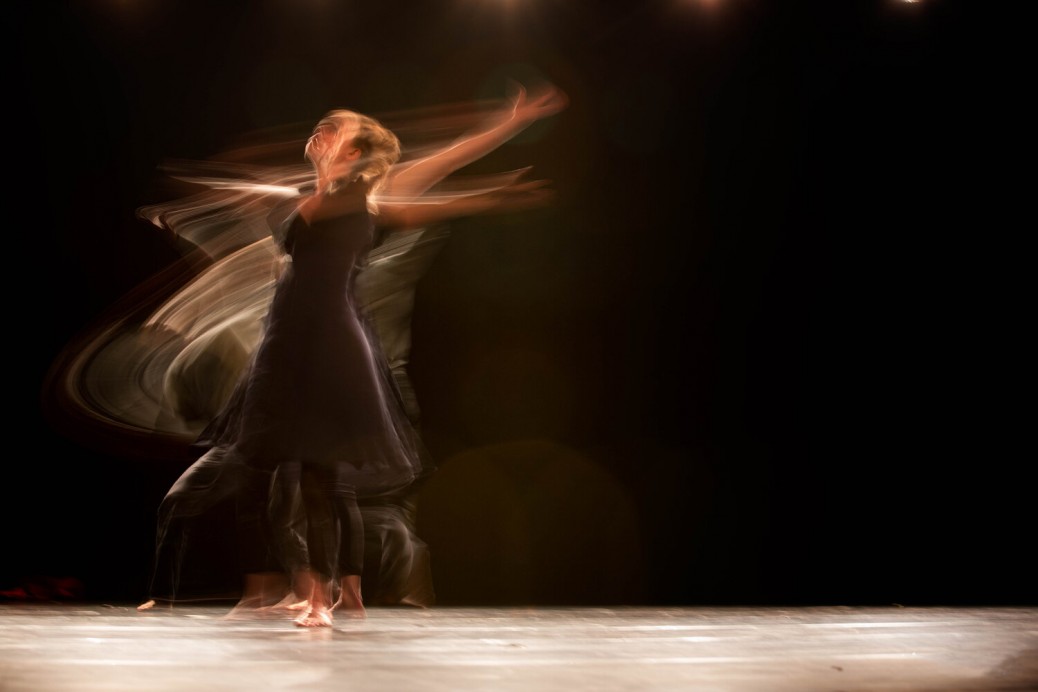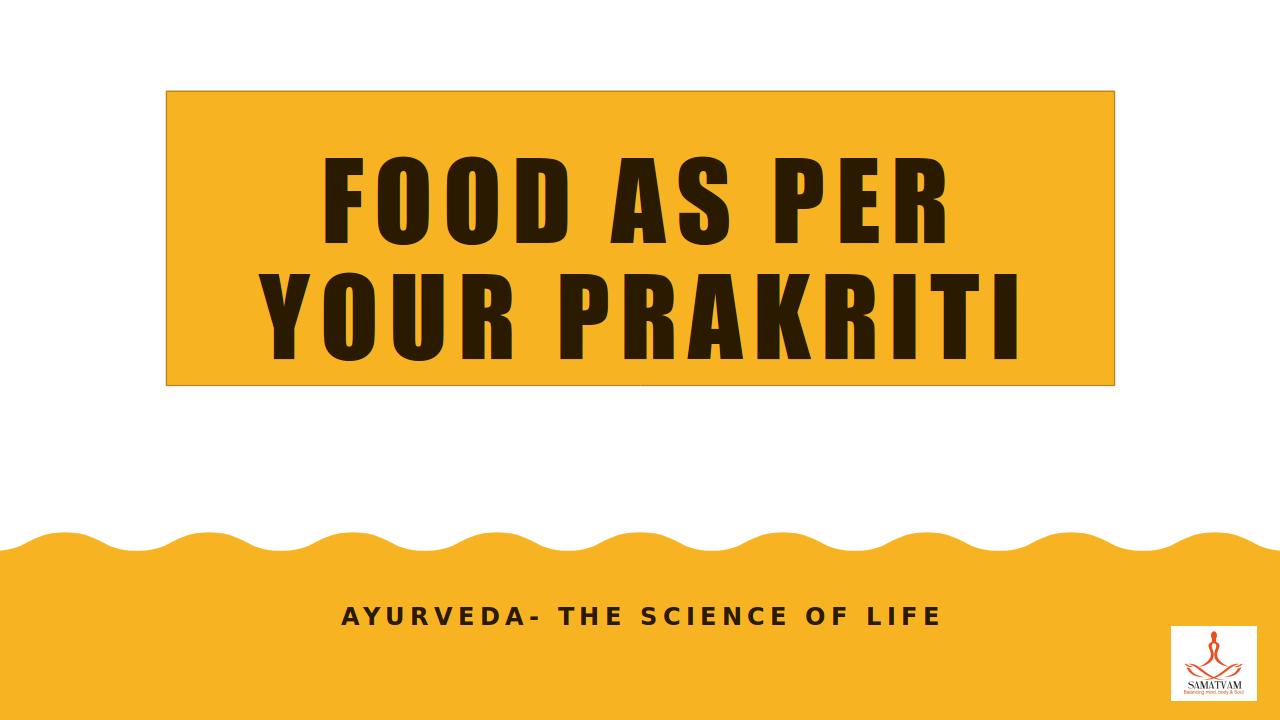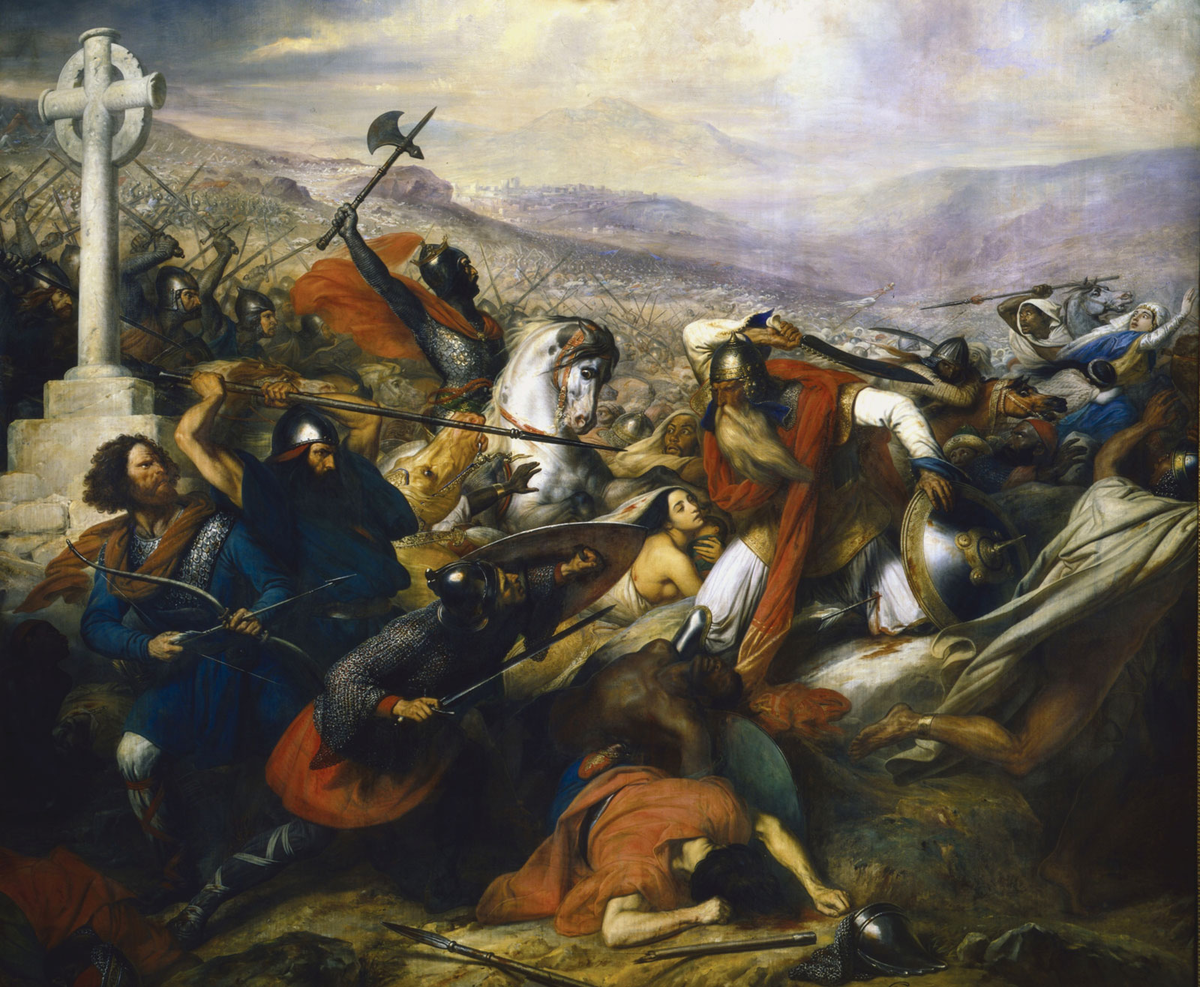Someone asked Osho – WHAT TYPE OF MEDITATION TECHNIQUES ARE SUITABLE SEPARATELY FOR THE TAMAS, RAJAS, AND SATTVA PERSON.
WHY DO YOU ALWAYS GIVE DYNAMIC TECHNIQUES?
Osho’s Answer – The dynamic technique is really a very rare phenomenon. It does not belong to any type; it can help all. To the person of tamas – lethargy, inertia – it will bring him out of his tamas. It will create so much energy in him that the tamas will be broken; if not all, then a part of it. If a man of tamas is ready to do it, it can work wonders because a man of tamas is really not lacking energy. Energy is there but not in an active position, not in an active state. Energy is there fast asleep. The Dynamic Meditation can work as an alarm: it can change inertia into activity; it can make the energy move; it can bring the man of tamas out of tamas.
The second type of man, the rajas type, who is very active – in fact much too active, so active that he cannot find fields where to release his energy, he is in many ways a pent-up energy – the dynamic technique will help him to release, to be unburdened. After doing dynamic techniques he will feel weightless. And in life his hectic, continuous obsession for activity will slow down. A part of his obsessive occupation will dissolve.
Of course. he will be benefited more than the man of tamas because the man of tamas first has to be made active. He exists at the lowest rung of the ladder; but once he becomes active, then everything becomes possible. Once he becomes active he will become the second type; he will be rajas now.
And for a person of sattva the Dynamic Meditation helps tremendously. He is not in inertia; there is no need to bring his energy up. He is not obsessively active; there is no need for any catharsis for him. He is balanced, purer than the other two, happier than the other two, lighter than the other two. Then how will Dynamic Meditation help him? It will become a celebration for him. It will become just a singing, a dancing, a participation with the whole. He will be benefited the most.
This is the paradox of life. Jesus says, “Those who have will be given more, and those who don’t have, even that which they have will be taken away from them.”
The man of inertia needs more, but he cannot be given more because he is not capable of receiving it. The Dynamic Meditation, at the most, will bring him out of his inertia to the second rung of the ladder; and that too with the condition that he participates. Even that is difficult for him – to decide to participate, to do so much activity.
People of that type come to me – from their faces you can see they are fast asleep, in a deep slumber – and they say, “We don’t need these active methods. Give us something silent.” They are talking about silence – they want some method which they can do lying down on the bed; or at the most they can sit with hard effort. That too it is not certain that they will do, but the active meditation seems to be much too active for them. If they participate at all they will be helped; of course not as much as the second type because the second type already exists on the second rung. He already has something in it; he can be helped more. He will be relaxed by the method, unburdened, weightless. Slowly, he will start moving towards the first rung, the highest.
The man of sattva, purity, innocence, will be helped most. He has much; he can be helped. The law of nature is almost like the banks’: if you don’t have money they will not give you. If you need money they will create a thousand and one conditions; if you don’t need money they will seek you. If you have enough of your own they are always ready to give you as much as you want. The law of nature is exactly like that: it gives you more when you don’t need, it gives you less when you need; it takes away if you don’t have anything, and it gives you in a thousand and one ways if you have something.
On the surface it looks as if it is paradoxical – the poor man should be given more. By “poor” I mean the man of tamas. The rich man, the man of sattva, should not be given at all. But no, when you have a certain richness you become a magnetic force to attract more richness towards you. The poor man repels; he does not allow richness to come to him. Deep down, the poor man is poor because he does not attract. He has no magnetism to attract riches towards him; hence he is poor. Nobody has made him poor. He is poor because he does not attract; he does not have the magnetism to attract.
These are simple economic laws that if you have a few rupees in your pocket, those rupees will attract other rupees to fall in your pocket. If your pocket is empty then even the pocket will disappear, because some other pocket which has much will attract your pocket. You will lose the pocket itself. The richer you are, the richer you become: so the basic necessity is to have something within you.
The man of tamas has nothing. He is just a lump of earth; he vegetates. The man of rajas is not a lump of earth; he is a fast-moving energy. Much is possible with fast-moving energy. In fact without energy moving nothing is possible, but then his energy becomes madness – it goes to the extreme. Because of too much activity he loses much. Because of too much activity he does not know what to do and what not to do. He goes on doing; he goes on doing contradictory things: with one hand he will do something, with another hand he will undo it. He is almost mad.
You must remember that the first type, the tamas, never goes mad. That’s why in the East madness is not so prevalent. You don’t need so many psychoanalysts, you don’t need so many mad asylums, no. In the East people live like lumps of earth. How can you go mad? In tamas madness is not possible; you don’t do anything to go mad. In the West madness has become almost normal; now there is only a degree of difference between normal and abnormal people. People who are inside the asylum and people who are outside, they are all in the same world – just a difference of degree. And everybody is a boundary case: just a little push, and you are inside. Anything can go wrong – and there are a thousand and one things in your life. Anything can go wrong and you will be inside. The West is rajas – too much activity. Speed is the symbol: go on moving, go on doing. And there exists no society which is of sattva people; up to now it has not been possible.
India claims, the East claims, that they are sattva people. They are not; they are simply tamas. Rarely sometimes a Buddha happens or a Krishna happens – that is not the point. They are exceptions; they simply prove the rule. East is tamas – very, very slow-moving, not moving at all.
I used to go to my village. After years I will go and everything is almost the same. I will meet the same porter on the station, because only one porter is there.
He is getting old, but the same man. I will meet the same tangewala because only a few tangas are there; and one always claims me, that I am his passenger. And he is a stronger man, so nobody can fight; so he grabs me and forces me in his tanga. And then the same things are revealed, as if I am going in a memory, not in a real world. I will meet the same man on the road. Sometimes somebody has died and that’s big news. Otherwise, the world moves in a circle: the same man who comes to give vegetables, the same man who comes to give the milk – everything. Almost static.
In the West nothing is static, and everything is news. You go back, everything has changed: your mother may have divorced: your father; your father may have escaped with some other woman; back home there is no home – the family doesn’t exist at all. I was reading some data about the American style of life.
Almost every person changes his job in three years, his town also in three years.
Everything is changing. And people are in a hurry. And people are running faster and faster and nobody worries, “Where are you going?”
And a sattva society does not exist. Only a few individuals sometimes happen to be so balanced that tamas and rajas are just in the same proportion. They have enough energy to move, and they have enough sense to rest. They make a rhythm of their life: in the day they move, they do things; in the night they rest.
In the East, in the day also they are resting. In the West, in the night also they are working in their heads, in dreams. All Western dreams have become nightmares.
In the East you can come across tribes which don’t know what a dream is. Really, it happens. I have come across a few aboriginal tribes in India: If you talk about their dreams they say, “What do you mean?” Rarely it happens and when it happens? It is great news in the town that somebody has had a dream. Because people are resting. In the West sleep has become impossible because dreams are so many and so violently speedy, everything trembling. Nothing seems to be in an equilibrium. In the East, everything is dead.
Sattva is possible when rajas and tamas both are in equilibrium. When you know when to work and when you know when to rest, when you know how to keep the office in the office and not allow it in the home, when you know how to come home and leave the office mind in the office and not bring your files with you – then sattva happens. Sattva means balance, sattva means equilibrium.
For the man who has sattva the dynamic techniques will be tremendously helpful because they will bring into his life not only silence, but bliss. Silent he is already, because balance gives stillness, silence. But silence is a negative phenomenon – unless it becomes a dancing, a singing, a rejoicing, it is not much.
Good as far as it goes, good to be silent, but don’t be content with it, because still much is waiting for you.
To be silent is just like a man who has been diagnosed by medical doctors and nothing wrong has been found in him. But that is not health. You may not be ill, but that is not necessarily to be healthy. Health has a different aroma, a vitality.
No-disease – the certificate for no-disease is not health. Health is a positive phenomenon. You bubble with it; you radiate with it. It is nothing like a certificate that you have no diseases. Health in itself is not only the absence of disease, it is itself a presence.
A man of silence, a sattva man, is already silent; he lives a very quiet life. Quiet, but no laughter in it. Quiet, but no overflowing energy in it. Quiet, but doesn’t radiate. Silence, but dark; the light has not penetrated in it. A sattva man can become absolutely silent, but in the silence, the nad, the anahat, the divine song has not penetrated. The Dynamic Meditation will help him to dance, to bring dance to his heart, to bring singing to his every cell of being.
Of course, the sattva man will be helped much, benefited most, but nothing can be done; that is the nature of law. If you have, more will be given to you; if you don’t have, even that which you have will be taken away.
Tags: Dynamic Technique Patanjali










